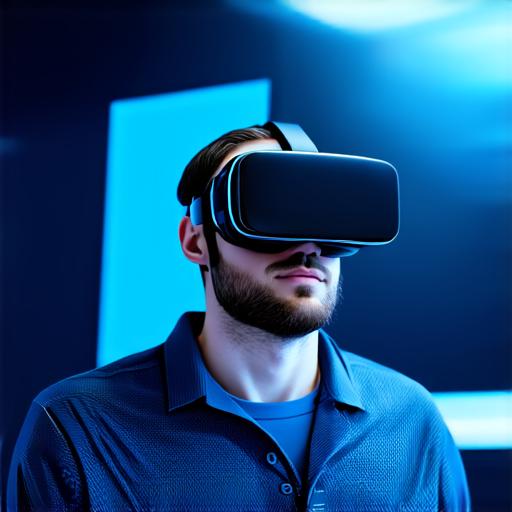Virtual reality (VR) therapy is a cutting-edge form of treatment that uses technology to simulate real-life environments and experiences. This immersive approach has been shown to be effective in treating various conditions, including anxiety, depression, phobias, and post-traumatic stress disorder (PTSD). In this article, we will explore why VR therapy is so effective at immersing patients and how it can be used to treat a range of mental health conditions.
The Power of Immersive Environments
Virtual reality technology allows for the creation of highly immersive environments that can simulate real-life situations. By placing patients in these virtual worlds, therapists can provide them with a safe and controlled environment to confront their fears or work through traumatic experiences. For example, a patient with a fear of heights can be placed in a virtual skyscraper and gradually exposed to higher and higher heights until they become desensitized to the sensation.
One study conducted by researchers at Stanford University found that patients who underwent VR exposure therapy for spider phobia experienced a greater reduction in anxiety levels than those who received traditional cognitive-behavioral therapy (CBT). The researchers believe that this is because the immersive nature of VR therapy allows patients to confront their fears in a more realistic and effective way.
The Benefits of Immersive Therapy
Immersive therapy has a number of benefits for patients. Firstly, it can be highly engaging and motivating. Patients are often more motivated to engage with VR therapy because it is fun and interactive. This engagement can lead to greater adherence to treatment and better outcomes.
Secondly, immersive therapy can be highly personalized. Each patient’s experience in the virtual world can be tailored to their specific needs and preferences. For example, a patient with PTSD may be placed in a virtual environment that simulates the specific trauma they experienced, allowing them to work through the experience in a controlled and safe way.
Finally, immersive therapy can be highly flexible. It can be delivered in a variety of settings, including hospitals, clinics, and even at home. This flexibility allows patients to receive treatment when and where it is most convenient for them.
Case Studies and Personal Experiences

There are many examples of how immersive therapy has been used to treat various mental health conditions. One such example is the use of VR exposure therapy for phobias. A study conducted by researchers at the University of Oxford found that VR exposure therapy was as effective as traditional in vivo exposure therapy for treating social anxiety disorder.
Another example is the use of immersive therapy for PTSD. A study conducted by researchers at the University of Southern California found that VR exposure therapy was effective at reducing symptoms of PTSD in veterans with combat-related PTSD.
Personal experiences of immersive therapy can also be powerful motivators. For example, a patient who underwent VR exposure therapy for fear of flying reported feeling more confident and less anxious after the treatment. They were able to go on a flight without any anxiety or panic attacks.
The Science Behind Immersive Therapy
There is a growing body of research that supports the effectiveness of immersive therapy for treating mental health conditions. One theory is that the immersive nature of VR therapy allows patients to experience and process emotions in a more realistic way than traditional therapy methods.
Another theory is that immersive therapy can help patients develop new coping strategies and skills. By confronting their fears or working through traumatic experiences in a virtual world, patients can learn how to manage their emotions and develop healthier ways of thinking.




